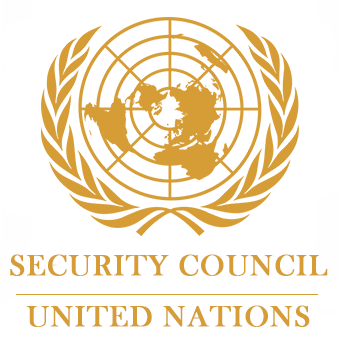Key NOTES:
147. During a May 2017 mission to Somaliland, a senior Cabinet Member told the
Monitoring Group that the Somaliland administration had granted permission to the
United Arab Emirates to refurbish and use existing airport facilities in Berbera to
serve as a military base, which was to be used solely by the United Arab Emirates
Air Force for a period of 25 years. The official further informed the Group that the
base would be used primarily for maritime patrols to combat piracy, and would not
be used for airstrikes.108 In contrast, a second high-ranking official announced
publicly that the base would be used by the United Arab Emirates for training,
surveillance and military operations in Yemen.109
5. At the time of the SEMG’s visit to Qandala, the bulk of the Darawish (Puntland regular forces) garrisoning the town — roughly 200 troops — were comprised of the militia of the former pirate and arms smuggler Isse Mohamoud Yusuf “Yullux”, a member of the dominant Ali Salebaan sub-clan and cousin of ISIL leader Abdulqader Mu’min.4 Prior to the offensive to retake Qandala, the Puntland administration had reached an agreement with “Yullux”, whereby his militia would be integrated into the Darawish; his forces subsequently participated on the frontlines of the offensive. However, the agreement later fell apart primarily due to a disagreement over pay, and “Yullux” retreated with his militia to his home town of Timirshe, where he has resumed his material assistance to the ISIL faction, including through the provision of arms and ammunition.5
Annex 2.2: Leadership of the ISIL faction
1. Since its 2016 report (S/2016/920, annex 1.2), the SEMG has further developed its understanding of the Islamic State of Iraq and the Levant (ISIL) faction’s membership and leadership structure, primarily through interviews with former members of the group facilitated by the Puntland administration.7 While the SEMG was able to confirm the names or noms de guerre of 14 ISIL leaders, their exact roles in the group are less clear; preliminary indications are that the ISIL leadership structure is less hierarchical and more fluid than that of Al-Shabaab, with individuals lacking rigid titles or functions.
(a) Abdulqader Mu’min (Darod/Majeerteen/Ali Salebaan): Emir of the ISIL faction, former spiritual head of Al-Shabaab Northeast (ASNE) in the Golis Mountains. Designated as a Specially Designated Global Terrorist by the U.S. Department of State in August 2016.8
(a) Abdirahman Fahiye Isse Mohamud a.k.a. Ahmed Aden; Khalid; Yaqub; Burane (Darod/Harti/Deshishe): Deputy to Mu’min, second in command of the ISIL faction. Born in 1985 in Bosaso; former member of ASNE in the Golis Mountains. Identified by Puntland authorities as being the coordinator of the 23 May 2017 suicide bombing in Bosaso (see annex 2.5, strictly confidential).9
182. The role of Al-Shabaab in interclan and interstate violence became more overt.
In Lower Shabelle, both Al-Shabaab and anti-Al-Shabaab forces strengthened their
alliances with the opposing sides in the long-running conflict over resources and
control of territory between Haber Gedir and Biimaal (and Digil) clans. In a series
of attacks beginning in October 2016 and escalating again in May and August 2017,
Al-Shabaab burned villages and killed and abducted civilians from Biimaal and
Digil communities (ibid.).
See link below to download full report
2 November 2017: Un Security Council Report on Somalia


FAALLOOYIN & FALCELIN